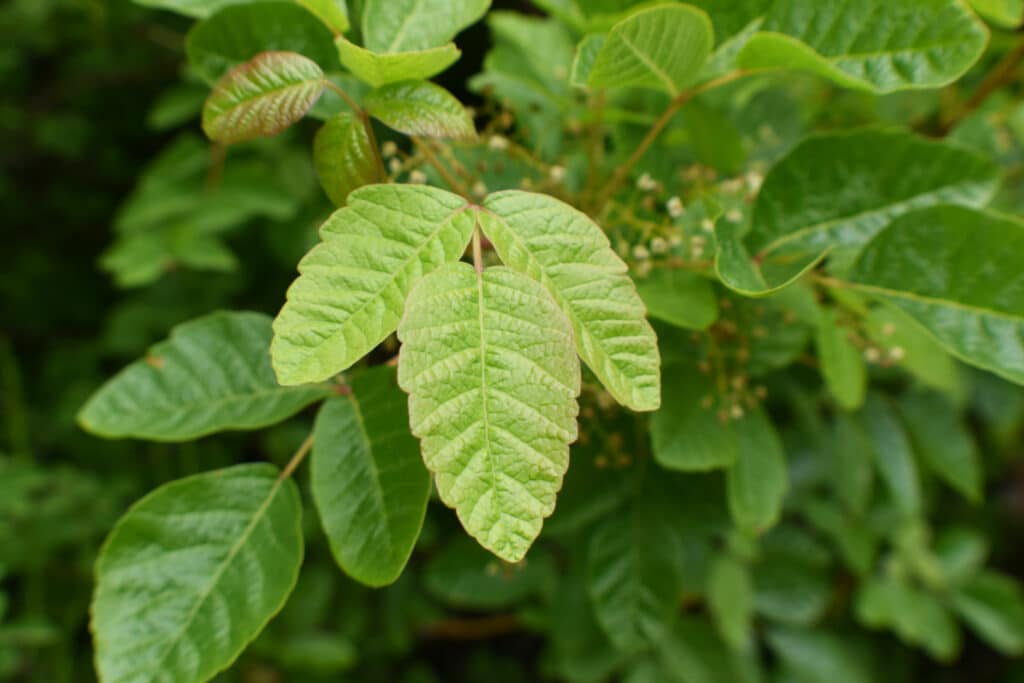The Purpose of Poison Ivy Blisters

Poison ivy is notorious for causing itchy rashes and blisters that can be uncomfortable. While many of us have heard that popping blisters is a no-no, there's often confusion about whether the same rule applies to poison ivy blisters. In this article, we'll explore the purpose of poison ivy blisters and whether or not you should pop them for relief.
Understanding Poison Ivy's Itchy Consequences
Before we delve into the blister debate, let's briefly review why poison ivy causes these symptoms in the first place. Poison ivy, along with its equally troublesome cousins poison oak and poison sumac, contains a potent oil called urushiol. When urushiol comes into contact with your skin, it can trigger an allergic reaction.
This reaction typically results in redness, swelling, and, most notably, an intensely itchy rash. Small, fluid-filled blisters may sometimes form on the affected skin. These blisters are the body's response to the irritation caused by urushiol.
The Purpose of Poison Ivy Blisters
So, why do poison ivy blisters form, and what purpose do they serve? Poison ivy blisters are a natural defense mechanism employed by your body to protect the underlying skin layers. When urushiol triggers an allergic reaction, it leads to inflammation and the release of histamines. This inflammation can cause the skin to become red, swollen, and itchy. In response, your body forms blisters to isolate and contain the irritation.
The fluid inside these blisters serves as a cushion, protecting the deeper layers of skin from further damage and helping to speed up the healing process. Essentially, the blisters act as a barrier, preventing the spread of urushiol to other parts of your body and minimizing the risk of infection.
Should You Pop Poison Ivy Blisters?
Now comes the crucial question: should you pop poison ivy blisters? The short answer is no. It's generally not recommended to pop these blisters because doing so can increase the risk of infection, slow down the healing process, and potentially worsen the symptoms.
Instead, allow the blisters to run their course naturally. They will eventually dry up and heal on their own. To alleviate the itching and discomfort associated with poison ivy blisters, you can consider using over-the-counter anti-itch creams or gels like those in the Tecnu Ivy Complete Kit.
Tecnu Ivy Complete Kit: Your Poison Ivy Solution
The Tecnu Ivy Complete Kit is your all-in-one solution for dealing with the effects of poisonous plants like poison ivy. It consists of three essential steps:
Cleanse: Use Tecnu's cleansing scrub to remove the oils that irritate, ideally within 8 hours of exposure.
Treat: Apply Tecnu's pain-relieving anti-itch gel to soothe the skin's reaction to the oils.
Detoxify: Use Tecnu's waterless Detox Wipes to remove rash-causing oil from the skin or other surfaces.
Following these steps, you can effectively manage the discomfort caused by poison ivy without blister popping.
Poison ivy blisters serve a protective role in the body's response to urushiol exposure. With the proper care, you can minimize the discomfort and itching associated with poison ivy and return to enjoying the great outdoors.




